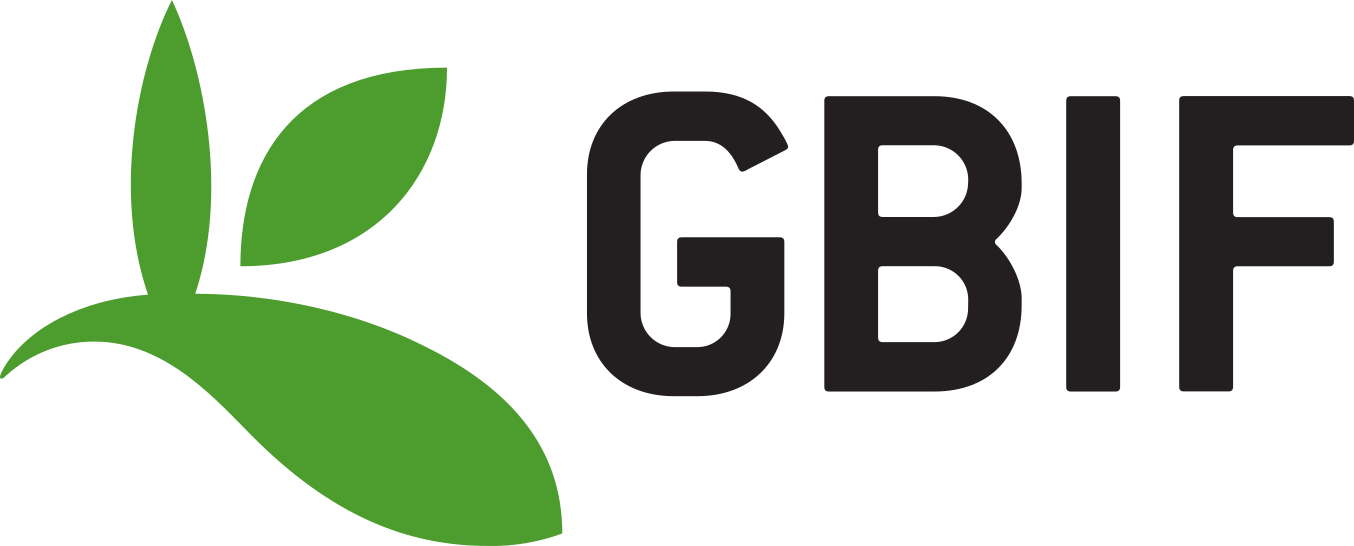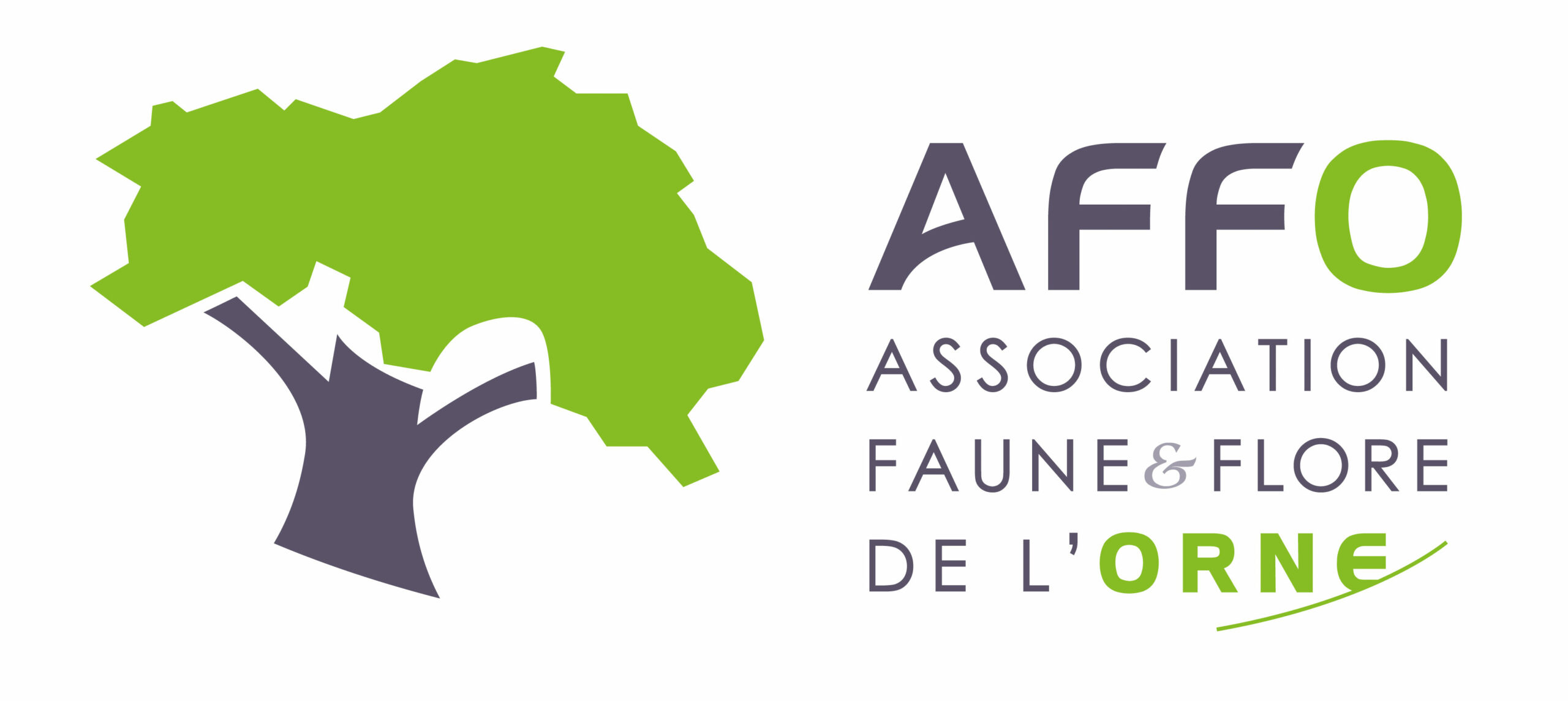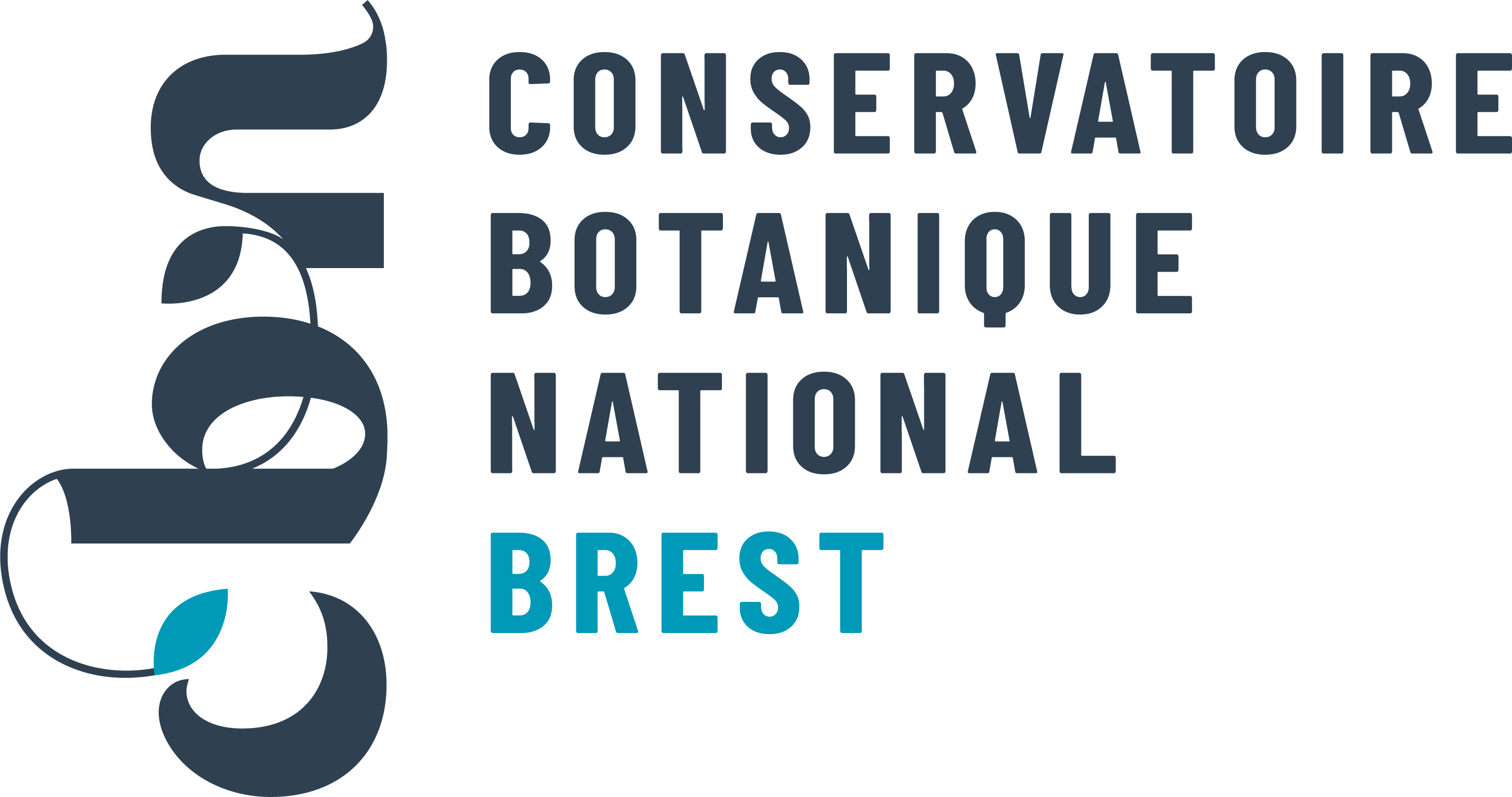Violette tricolore
Viola tricolor L., 1753

Où cette espèce a-t-elle été observée ?
 Attention : cette espèce peut être présente où il n’y a pas de maille, mais à ce jour elle n’y a pas encore été observée.
Attention : cette espèce peut être présente où il n’y a pas de maille, mais à ce jour elle n’y a pas encore été observée.
Chargement...
- 6 observations
-
5
communes -
6
observateurs
6
organismes -
Première observation
1988 -
Dernière observation
2019
Anonymisé
-
Dupré Rémi
-
G. Moreau -
-
Giffaut Karine
-
Guerif Stéphane
-
J. Moreau
-
Association Faune & Flore de l'Orne (AFFO)
Participation à 2 Observations
Part d'aide à la prospection : 33.33 %
Fiche organisme
-
Conservatoire Botanique National de Brest (CBNB)
Participation à 2 Observations
Part d'aide à la prospection : 33.33 %
Fiche organisme
-
PNR et géoparc mondial UNESCO Normandie-Maine
Participation à 2 Observations
Part d'aide à la prospection : 33.33 %
Fiche organisme
-
Institut floristique franco-belge (IFFB)
Participation à 1 Observation
Part d'aide à la prospection : 16.67 %
Fiche organisme
-
Conservatoire botanique national du Bassin parisien (CBNBP)
Participation à 1 Observation
Part d'aide à la prospection : 16.67 %
Fiche organisme
Informations espèce
La pensée tricolore est une plante de 10 à 50 cm de hauteur, à tige ramifiée, avec des stipules pouvant atteindre la longueur des feuilles. Elle présente une corolle panachée de blanc, jaune et violet, qui se hisse au bout d'un long pédoncule.
Très commune, on la retrouve entre 0 et 2700 m d'altitude dans les prairies ou les terres en friche. Elle y fleurit d'avril à octobre.
Source : Biodiv'Écrins, Parc national des Écrins
Très commune, on la retrouve entre 0 et 2700 m d'altitude dans les prairies ou les terres en friche. Elle y fleurit d'avril à octobre.
Source : Biodiv'Écrins, Parc national des Écrins
E1.292212 : Pre-Carpathian Sesleria hungarica grasslands
E4.3921 : Oro-Moesian Festuca valida grasslands
E4.3921 : Oro-Moesian Festuca valida grasslands
Répartition actuelle en France métropolitaine
© INPN - Avertissement : les données visualisables reflètent l'état d'avancement des connaissances et/ou la disponibilité des données existantes au niveau national : elles ne peuvent en aucun cas être considérées comme exhaustives.
Répartition actuelle dans le monde
Avertissement : les données visualisables reflètent l'état d'avancement des connaissances et/ou la disponibilité des données existantes au niveau mondial : elles ne peuvent en aucun cas être considérées comme exhaustives.
Ion tricolor (L.) Medik., 1787
|
Jacea tricolor (L.) Opiz, 1839
|
Mnemion tricolor (L.) Spach, 1836
|











